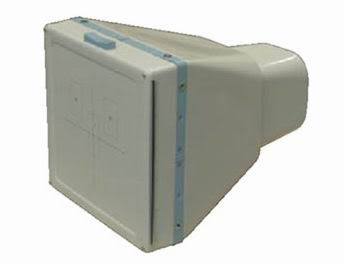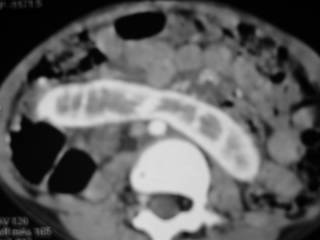Choi SH, Han JK, Lee JM, Lee KH, Kim SH, Lee JY, Choi BI.
PURPOSE: To evaluate retrospectively the use of multiphasic helical computed tomography (CT) to differentiate malignant and benign common bile duct (CBD) strictures in patients with only a focal CBD stricture and to determine predictors for this differentiation.
RESULTS: Malignant strictures were longer (17.9 mm +/- 6.6 [+/- standard deviation]) than benign strictures (8.9 mm +/- 6.8) (P < .0001), and upstream CBD diameters were larger in malignant cases (22.0 mm +/- 5.4) than in benign cases (17.8 mm +/- 4.6) (P = .033). The involved wall thickness was more than 1.5 mm in 26 malignant cases and three benign cases (P < .0001). During both hepatic arterial and portal venous phases, greater enhancement than that in the normal CBD were more frequently observed in malignant cases (in 27 and 30 patients for hepatic arterial and portal venous phase scans, respectively) than in benign cases (in two and three patients, respectively) (P < .0001). Results of multivariable stepwise logistic regression analysis showed that hyperenhancement of the involved CBD during the portal venous phase was the only variable that could be used to independently differentiate malignant from benign strictures.
CONCLUSION: Hyperenhancement of the involved CBD during the portal venous phase is the main factor distinguishing malignant from benign CBD strictures.
Radiology. 2005 Jun 13; [Epub ahead of print]



